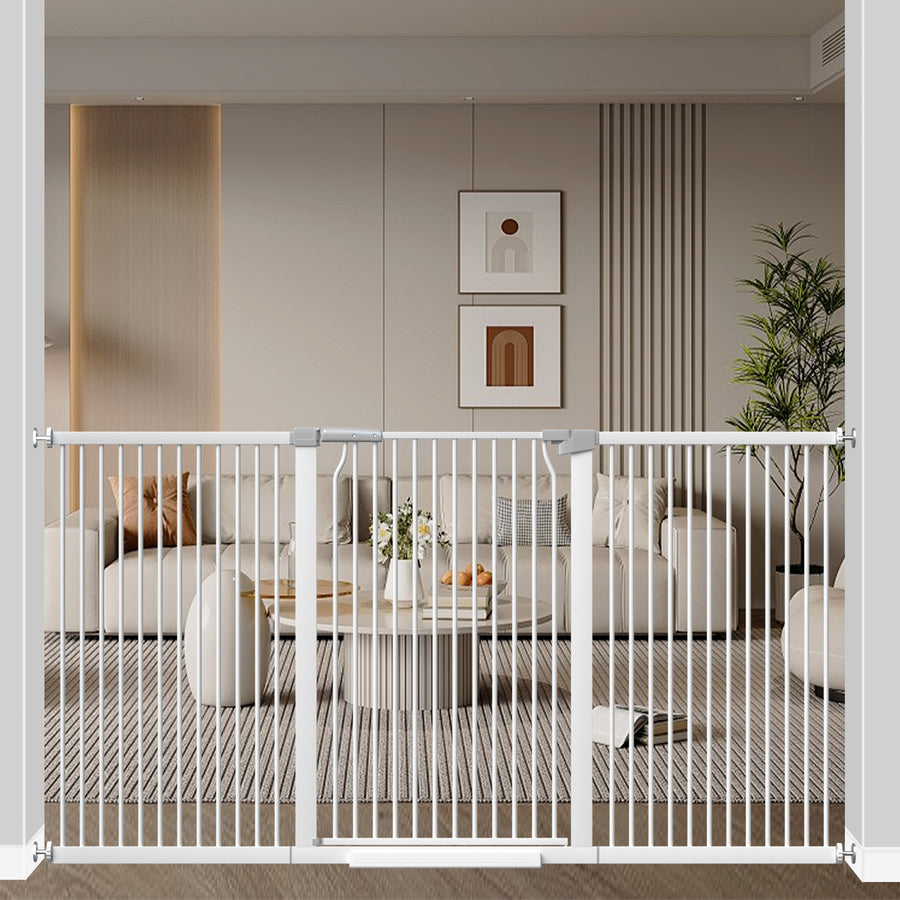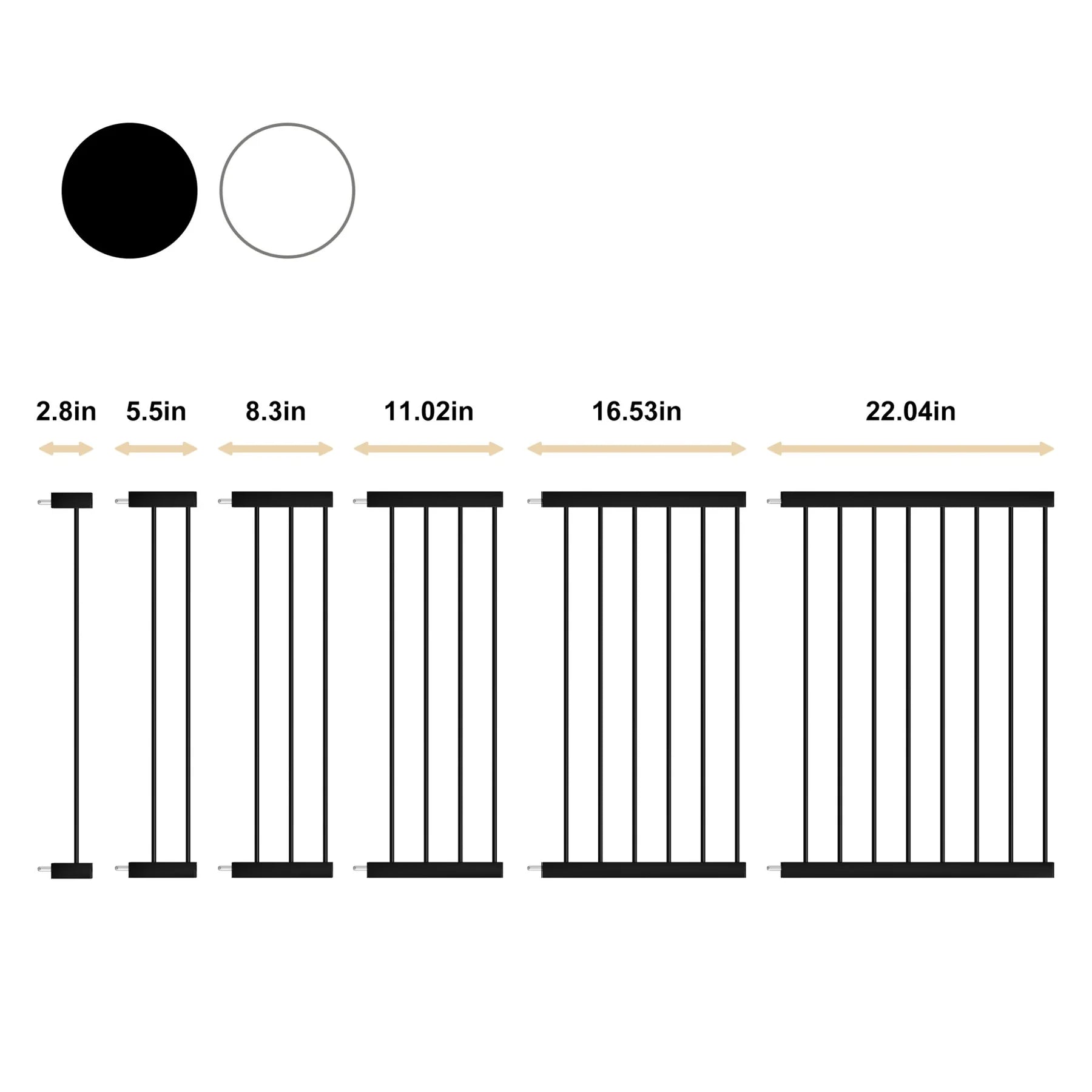Kitchen Safety Checklist: Creating a Safe Culinary Space for All Ages
The kitchen, often referred to as the heart of the home, is a place where families gather to prepare meals, share stories, and create memories. However, it's also a place filled with potential hazards, especially for young children. This comprehensive checklist will guide you through the essential safety measures to ensure a safe kitchen environment for everyone.
General Kitchen Safety
Storage and Accessibility
- Sharp Objects: Store knives, forks, scissors, and other sharp tools in a drawer with a childproof latch to prevent accidental injuries. Keeping these items out of reach and in locked drawers reduces the risk of cuts or lacerations, especially for curious toddlers and young kids.
- Dishwasher Safety: Install a dishwasher lock to prevent children from accessing breakable dishes, knives, and other dangerous objects. Dishwashers contain many sharp items that could cause harm if tampered with by little hands. Securing them is crucial.
- Stove and Oven Safety: Ensure a stove lock is in place and knob protectors are installed on stove knobs. Additionally, ensure your oven range has an anti-tip bracket to prevent it from tipping over. Unsecured stoves and ovens pose serious burn and fall hazards for kids.
- Cooking Precautions: Always turn pot handles inward or place them on back burners to prevent children from reaching them. Keep chairs and stepstools away from the stove to deter kids from climbing. Supervise children closely whenever the stove or oven is in use.
- Appliance Safety: Store glass objects and appliances with sharp blades out of reach. Ensure all appliances are unplugged when not in use, with cords kept out of reach. Look for appliancegarage storage solutions to secure blenders, food processors, stand mixers, and other countertop appliances when not in use.
- Garbage Can: Place it behind a cabinet door with a childproof latch to prevent children from accessing its contents. Garbage cans contain germs, sharp objects, chemicals, and choking hazards that can harm kids. Keeping cans secured reduces these risks.
- Medications and Vitamins: Store all vitamin or medicine bottles tightly closed in a high cabinet, out of children's reach. Consider an upper cabinet lock for securing medications. Medicine, even vitamins, can be extremely dangerous if ingested by kids.
- Fire Starters: Keep matches and lighters stored in a locked cabinet. A simple trigger lockbox is perfect for securing these items away from little hands. Matches and lighters can lead to dangerous burns or fires if accessed by children.
- Cleaning Supplies: Ensure the cabinet under the sink is free of cleaning supplies, bug sprays, dishwasher detergent, and dishwashing liquids. Store these supplies in a high cabinet, out of children's reach. Consider child safety latches to secure them. Many cleaning agents are hazardous if ingested.
- Alcohol Storage: Keep bottles containing alcohol stored securely and out of reach. Upper cabinet locks are perfect for keeping liquor beyond kids' reach.
- Plastic Bags: Store all plastic garbage bags and sandwich bags out of children's reach to prevent suffocation risks. A high or childproof latched cabinet keeps these bags secure.
- Small Objects: Ensure refrigerator magnets and other small objects are out of reach to prevent choking hazards. Regularly scan the kitchen floor for dropped items like coins, marbles, beads, or button batteries that pose choking risks for crawling babies.
- Cabinet Safety: Install childproof latches on all cabinet doors and drawers to prevent children from accessing potentially harmful items. This ensures cabinets containing any dangerous kitchen items remain securely closed.
Additional Safety Measures
- Fire Safety: Ensure there's a working fire extinguisher in the kitchen. All family members should be familiar with its operation. Conduct periodic fire drills at home so everyone knows how to respond in case of a kitchen fire.
- Highchair Safety: If you use a highchair, ensure it has a safety belt with a strap between the legs to prevent the child from slipping out. Always buckle children into high chairs and never leave them unattended.
- Table Safety: Keep tables free of tablecloths or placemats that children could pull, causing potential hazards. Opt for placemats with heavier bases or non-slip bottoms to avoid pulling.

Baby Gates in the Kitchen
Using baby gates in the kitchen can be an effective way to keep toddlers and young children out of potentially hazardous areas. Here's what you need to consider:
- Proper Installation: Ensure the baby gate is securely installed and won't easily be pushed over by a determined toddler. Refer to the product instructions for proper mounting. Improperly installed gates pose a falling hazard.
- Gate Height: Choose a gate that's tall enough to prevent older toddlers from climbing over. Measure the child's height and opt for a gate at least 6 inches taller to deter scaling.
- Slats Spacing: Ensure the spaces between the slats are narrow to prevent children from getting their heads or limbs stuck. Closely spaced slats under 3 inches apart reduce this risk.
- Locking Mechanism: Opt for a gate with a childproof locking mechanism that's easy for adults to open but challenging for kids. Look for gates with locks needing two hands or steps to open.
- Visibility: Consider a gate that allows you to see through, ensuring you can monitor any activities happening on the other side. Transparent mesh or barred gates improve visibility.
- Temporary vs. Permanent: Decide whether you need a permanent fixture or a temporary one that can be easily removed when not needed. Assess your needs, doorway size, and budget.
By following this comprehensive kitchen safety checklist, you can ensure a safe environment for everyone, from the youngest to the oldest members of your family. Regularly reviewing and updating these safety measures is crucial to maintaining a hazard-free kitchen that still allows for meaningful family experiences. Source






Leave a comment